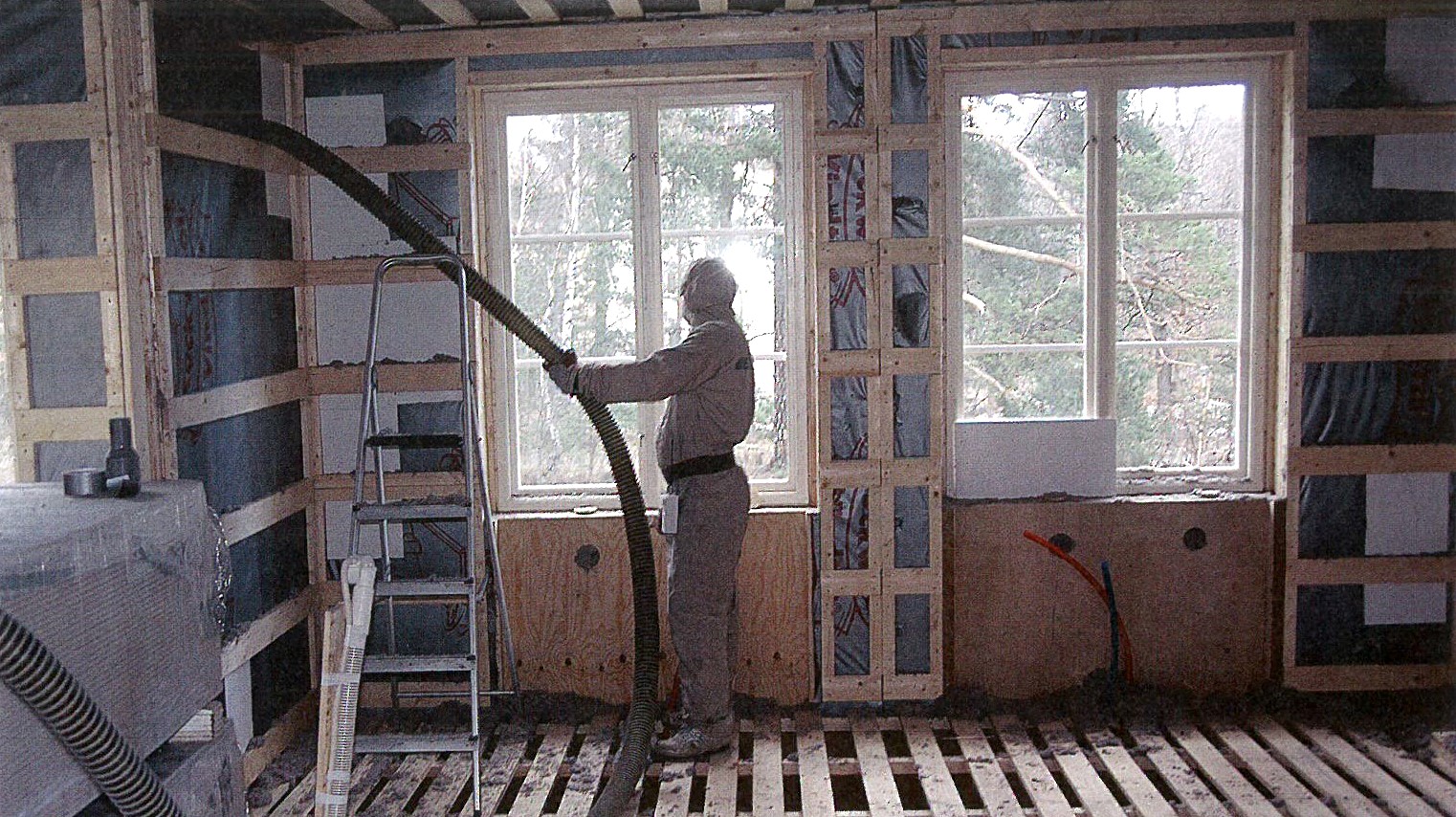Swedish Environmentalisms from the 70s to the late 90s:
Scaling-up, Institutionalizing, and Standardizing Alternative Architectural Responses

Research Seminar in Architecture where Alejandra Navarrete Llopis will be presenting the 30% stage of her doctoral thesis.
Time: Fri 2023-12-08 13.15
Location: A608
Video link: https://kth-se.zoom.us/j/67185547897
Language: English
Opponent: Sabine Höhler
Supervisors: Jennifer Mack, Helena Mattsson
Abstract
This PhD dissertation investigates how alternative architectural responses to environmental concerns have been scaled-up, systematized, and institutionalized by Swedish municipalities, companies, and research councils from the 1970s to the late 1990s. My aim is to study how this appropriation has transformed both the architectural experiments as well as the institutions implementing them. To contextualize these transfer processes (from alternative responses to institutional endeavors), this investigation traces three aspects that gave form to the environmental practices in Sweden during the period of study. On the one hand, it follows the decentralization of responsibility moving from public agencies, infrastructures, and governments, to include both private companies and industries, as well as individual citizens. On the other hand, it accounts as well for the two-fold condition brought by the dissemination of the notion of “sustainable development” (as defined by the 1987 Brundtland report and the 1992 Earth Summit): the institutionalization of environmental practices and the indivisible association of environmental concerns with economic development. Within this context, this thesis asks: how governmental bodies, public agencies, and companies institutionalized alternative architectures to materialize their vision of a sustainable nation and a “green welfare state”?
The architectural experiments in focus here operate at four design scales: on an ecological community, on sewage infrastructures, on energy production, and on materials and construction systems. First, this thesis studies how the process, design, and discourses produced around the first ecological community in Stockholm (built from 1989 to 1995) were adopted by HSB—the largest housing cooperative association in Sweden—as an architectural model, and how Mia Torpe (the ecological community’s main initiator) became the first HSB’s environmental manager where she designed the campaign “Green HSB.” The second case investigates how the infrastructures and habitats of wetlands as alternative and self-sufficient wastewater treatment systems were transferred to support the centralized, conventional, and mechanical sewage plant in Oxelösund (with the construction of the Brannäs wetland in 1993, considered to be the first wastewater treatment wetland in Sweden). The third case study follows the support of prototypes around alternative solar energy production from the National Council for Building Research during 1979 to 1984 under the directorship of Ingrid Munro. In these cases, as in many other standardizing practices in the 90s, nature was rendered as an unregulated space of research interest, governance competition, and technological investment. This has led over the last thirty years to the contemporary neoliberalization of nature or what has been termed as “neoliberal natures” (Heynen et al. 2005, 2007, Bakker 2010). With this thesis, my aim is to offer a critical historical reading of these neoliberal natures from an architectural perspective and test alternative routes to address the contemporary endless exploitation of the environment.
Bio: Alejandra Navarrete Llopis
Alejandra Navarrete Llopis is an architectural researcher, educator, and curator based in Stockholm and is currently a PhD candidate at KTH Royal Institute of Technology. Her investigation focuses on how alternative architectural responses to environmental concerns have been institutionalized by Swedish municipalities, companies, and research councils from the 1970s to the late 1990s. Her work has been granted by the VR-Swedish Research Council, the New York State Council on the Arts, and the Graham Foundation. Together with the After Belonging Agency, she was Chief Curator of the Oslo Architecture Triennale 2016. Navarrete Llopis is co-editor of the book After Belonging: The Objects, Spaces and Territories of the Ways We Stay in Transit (Zurich, 2016) which has received the FAD Thought and Criticism Award. She has also extensive experience in teaching seminars and design studios at KTH, Columbia University GSAPP, Pratt Institute, and ETSAM Universidad Politécnica de Madrid, among other academic institutions.
Bio: Sabine Höhler
https://www.kth.se/profile/sabineho

